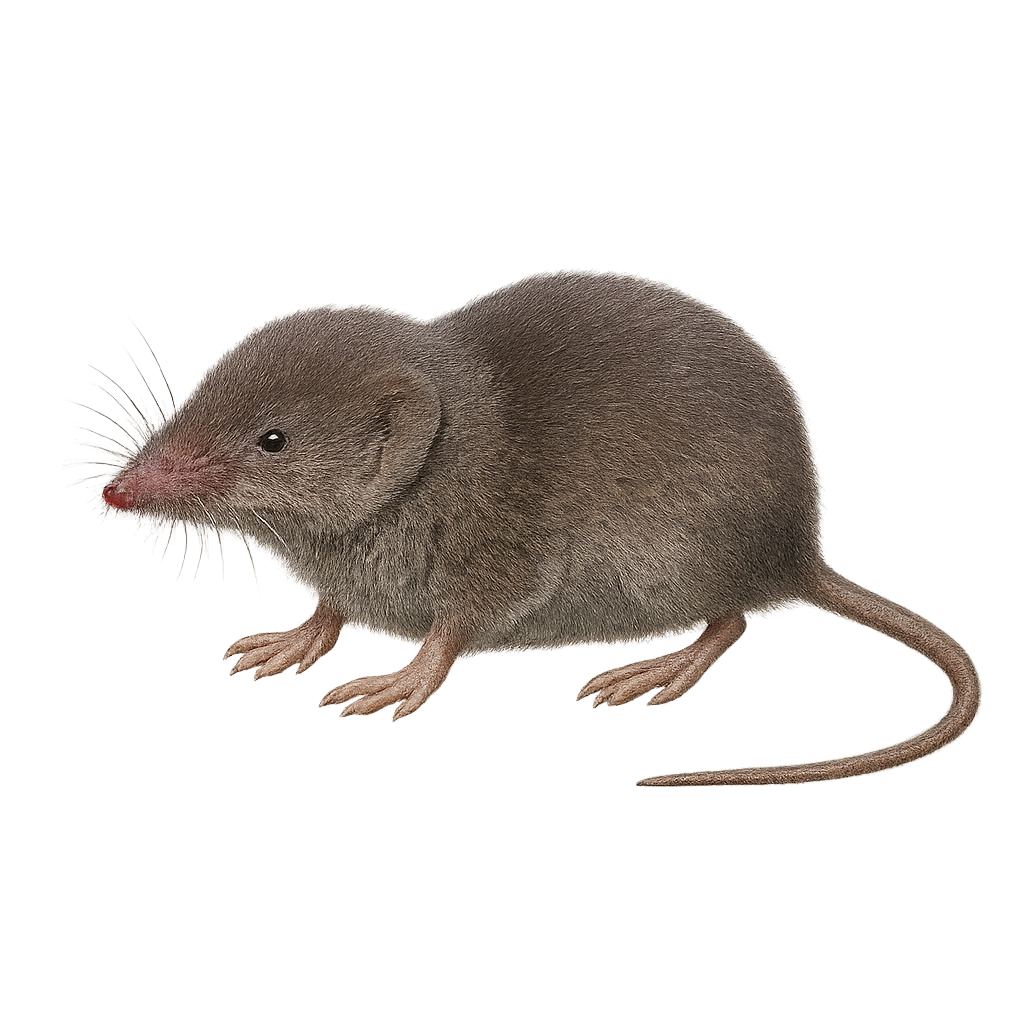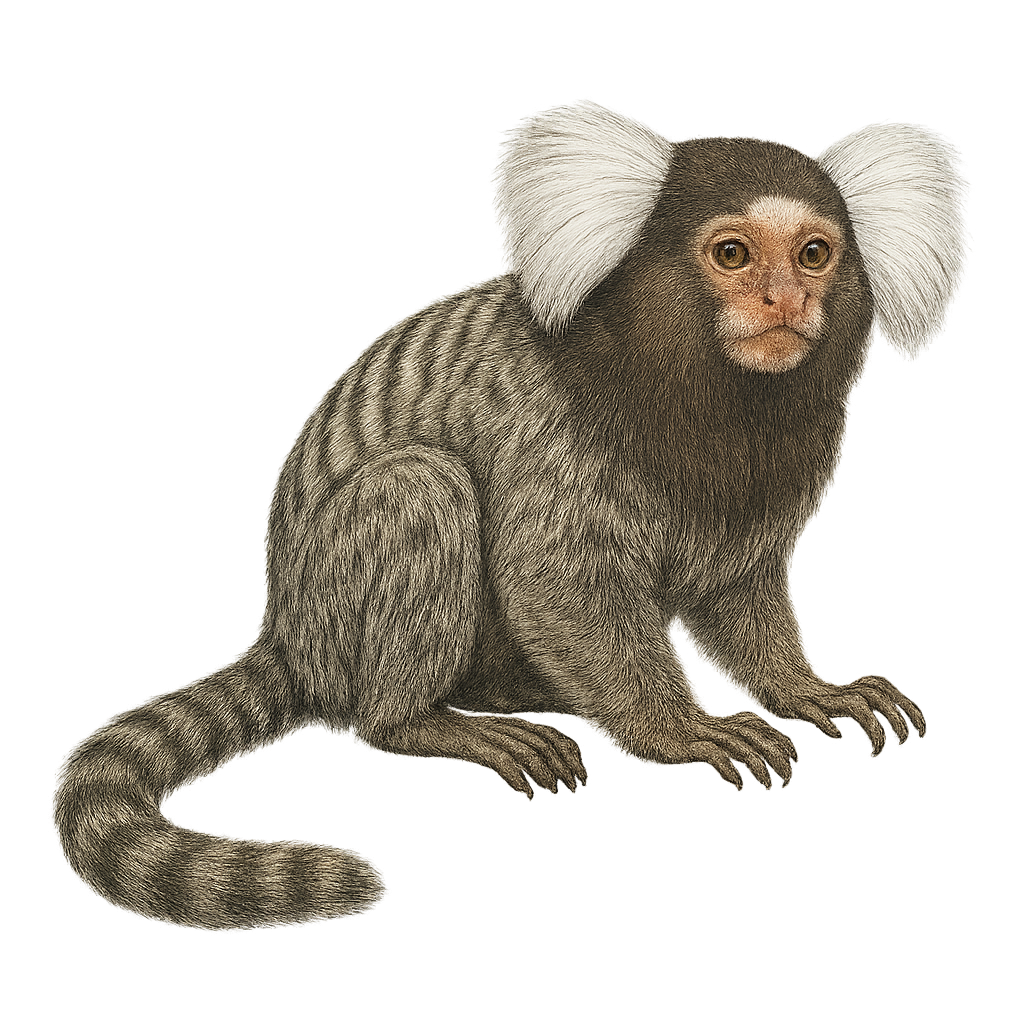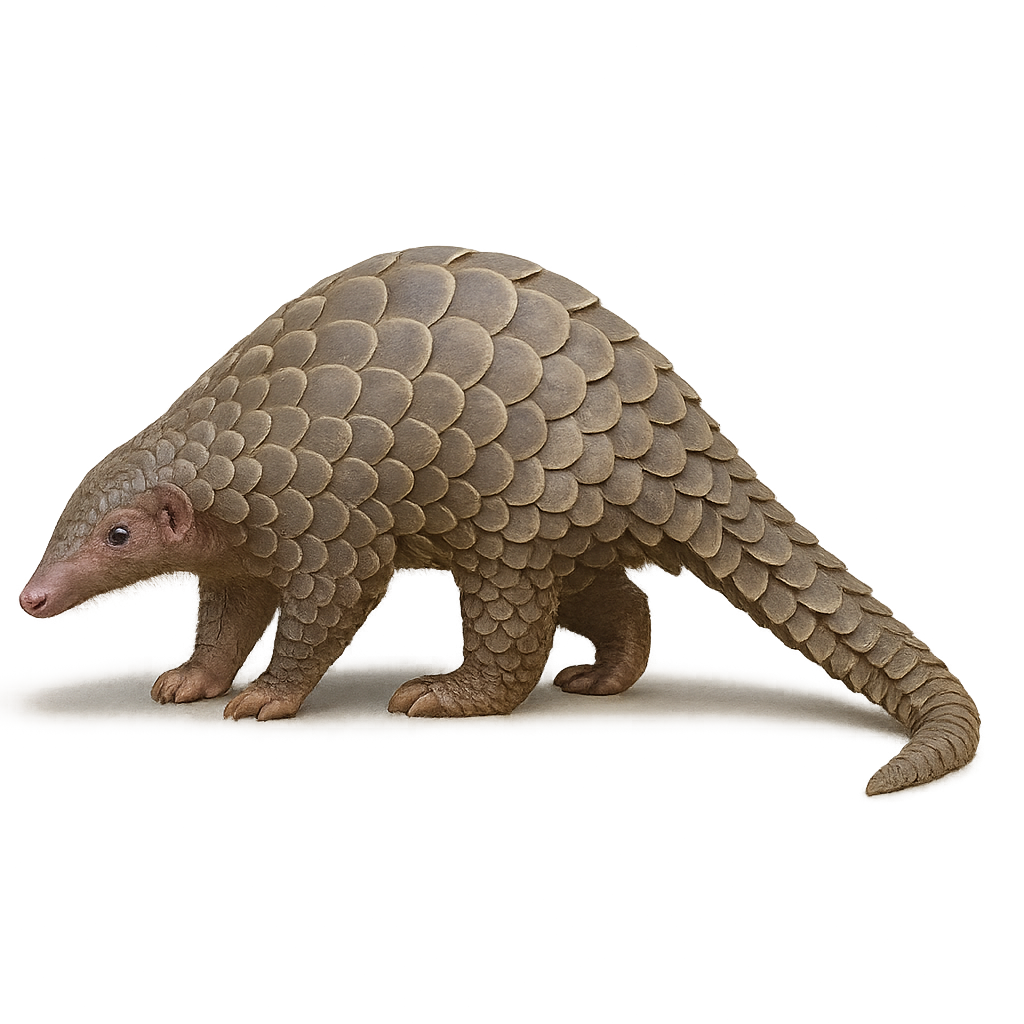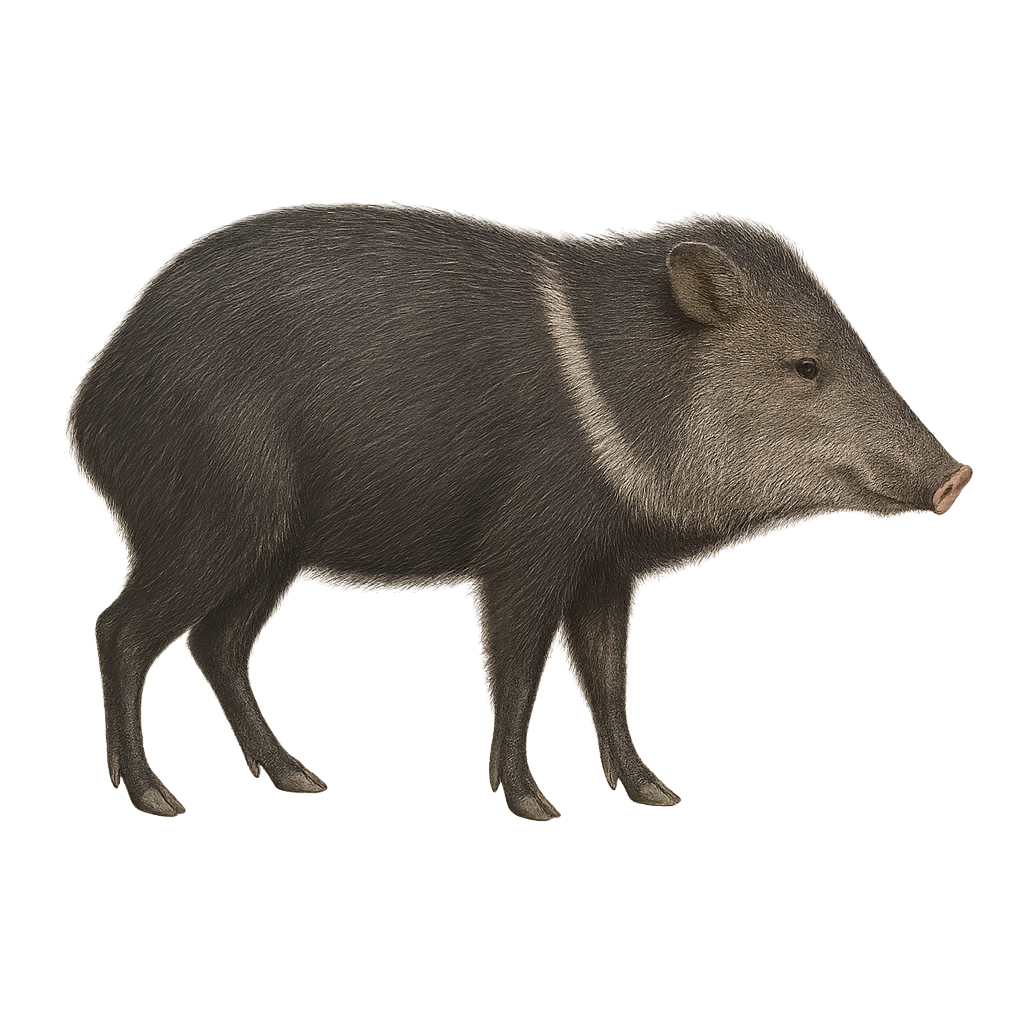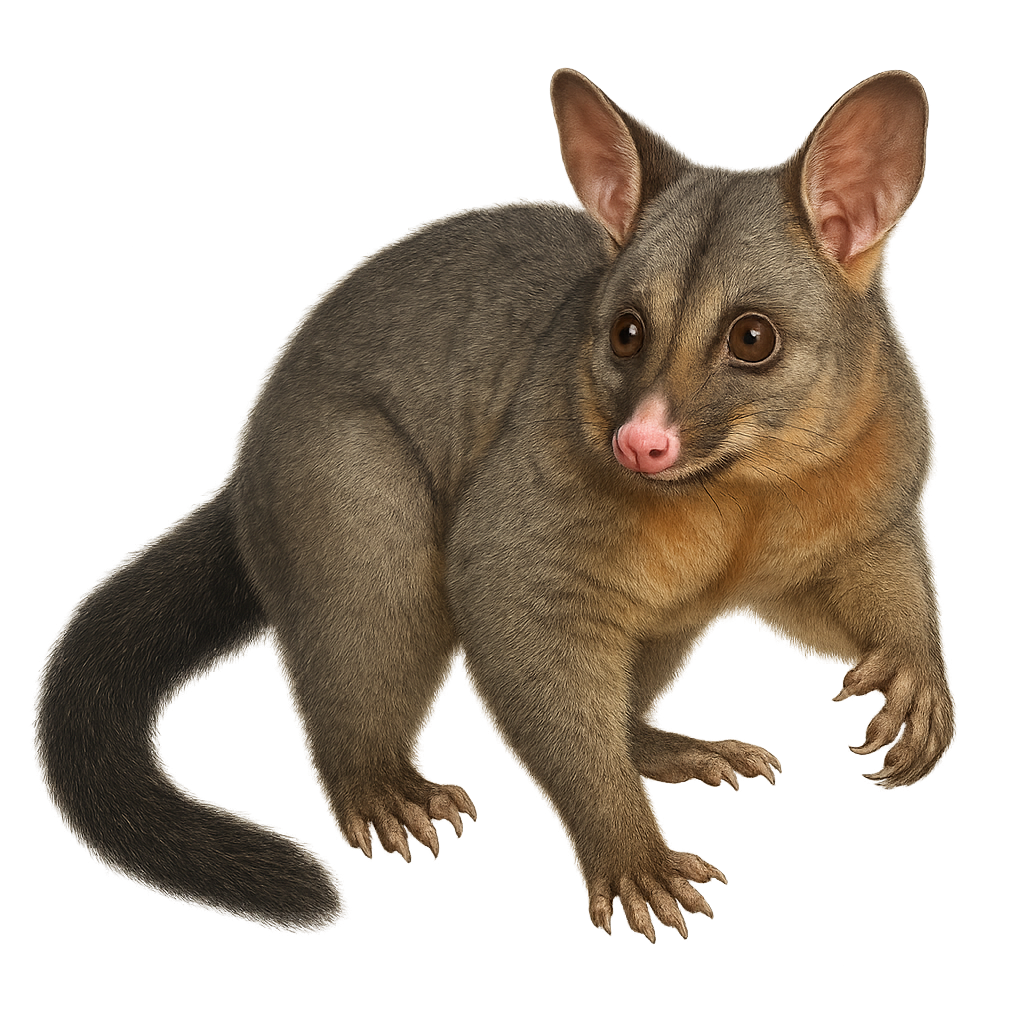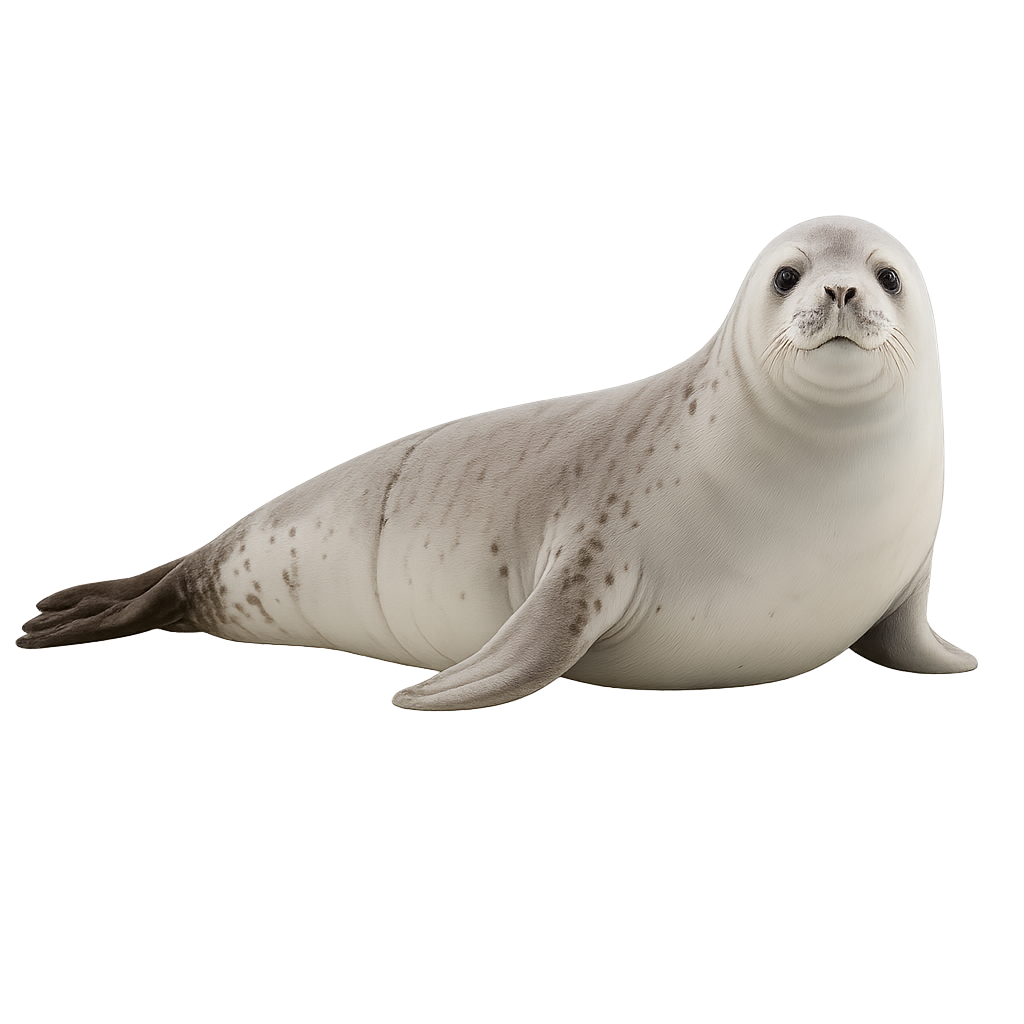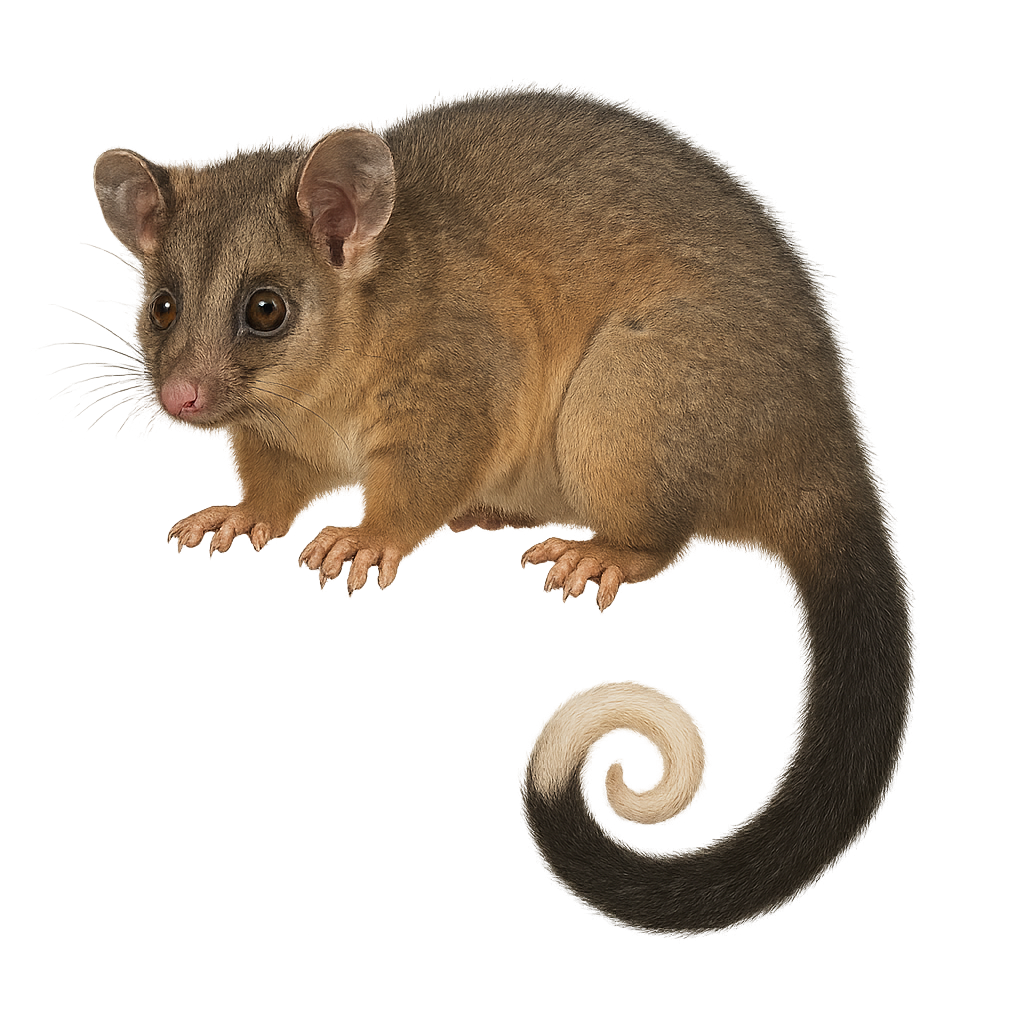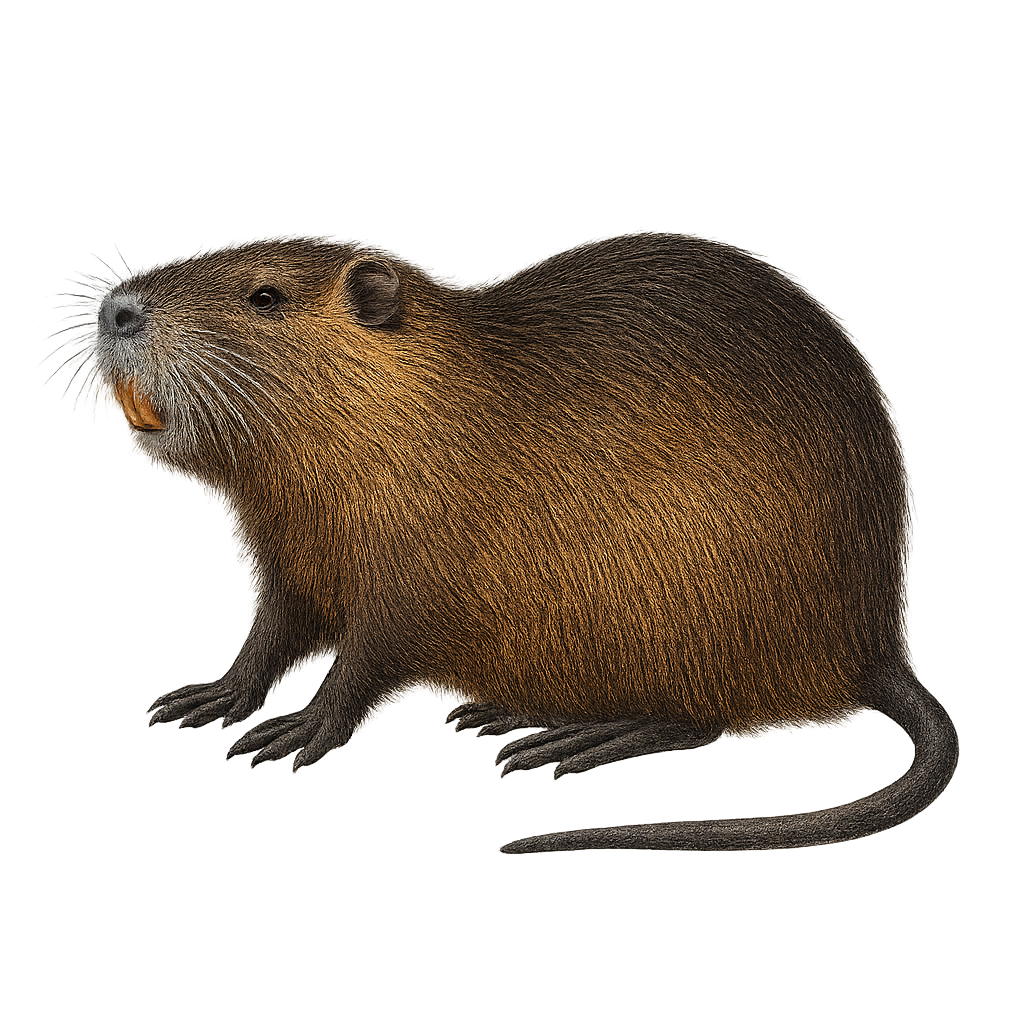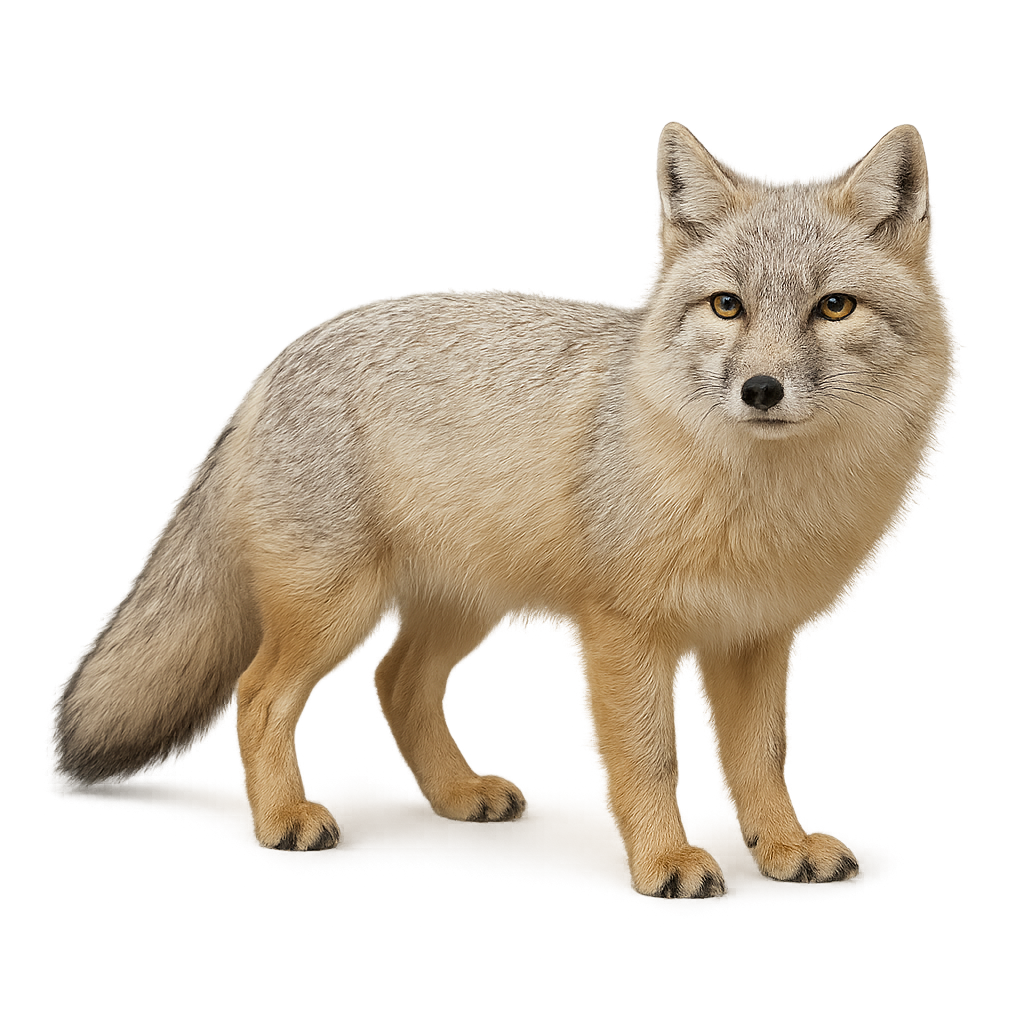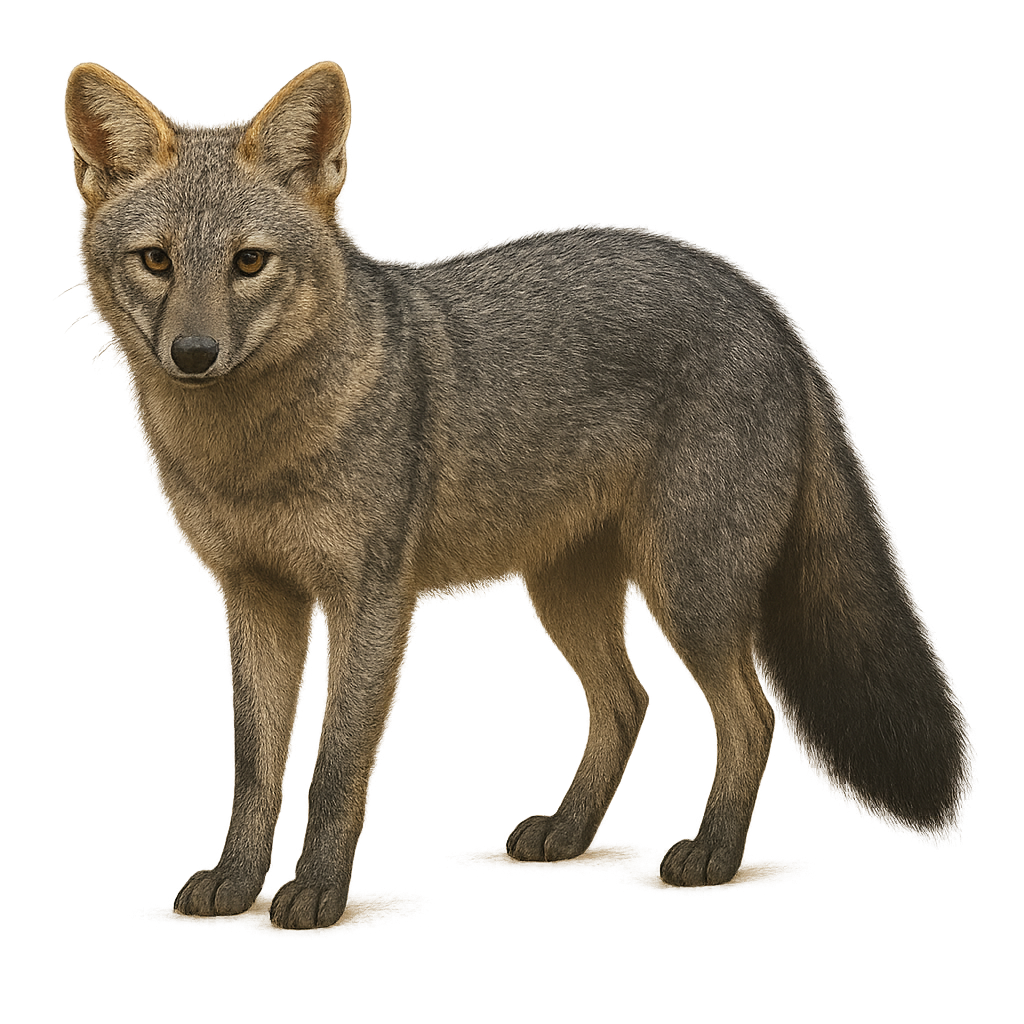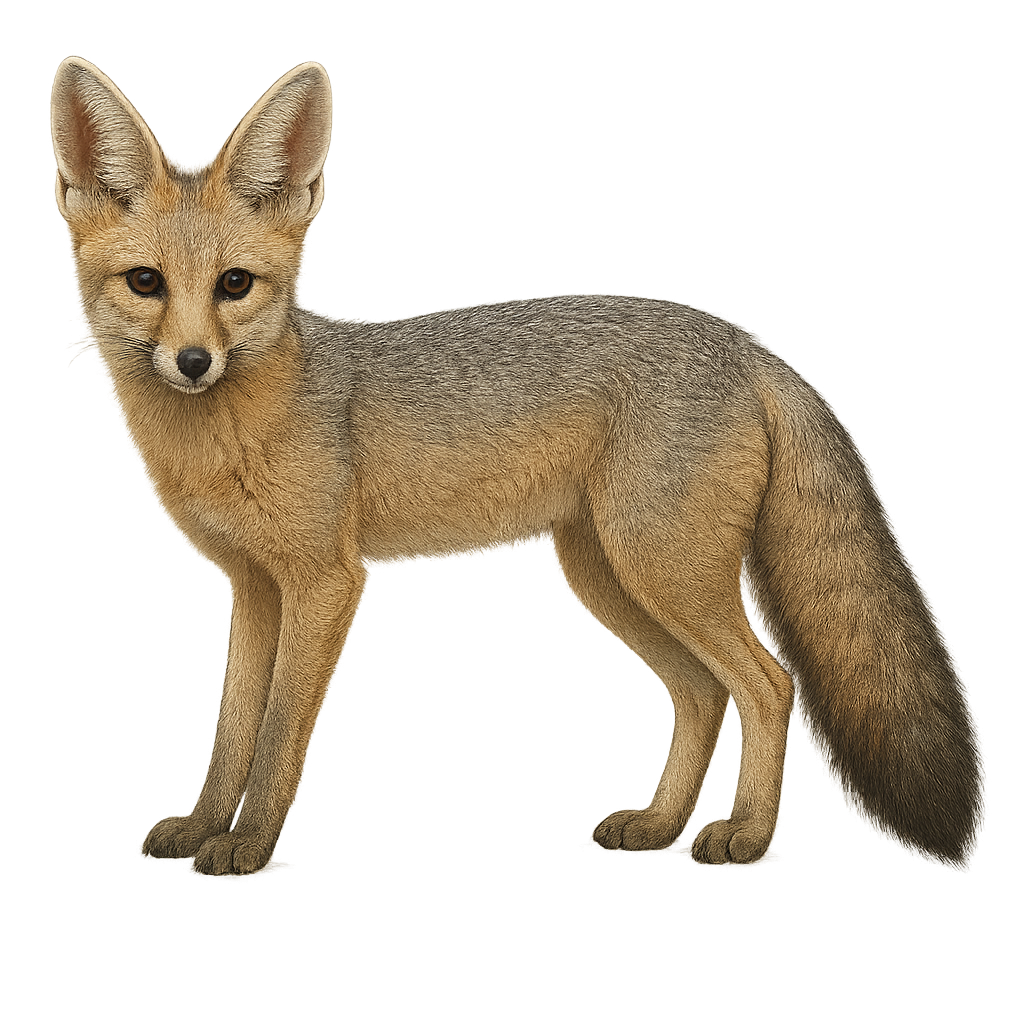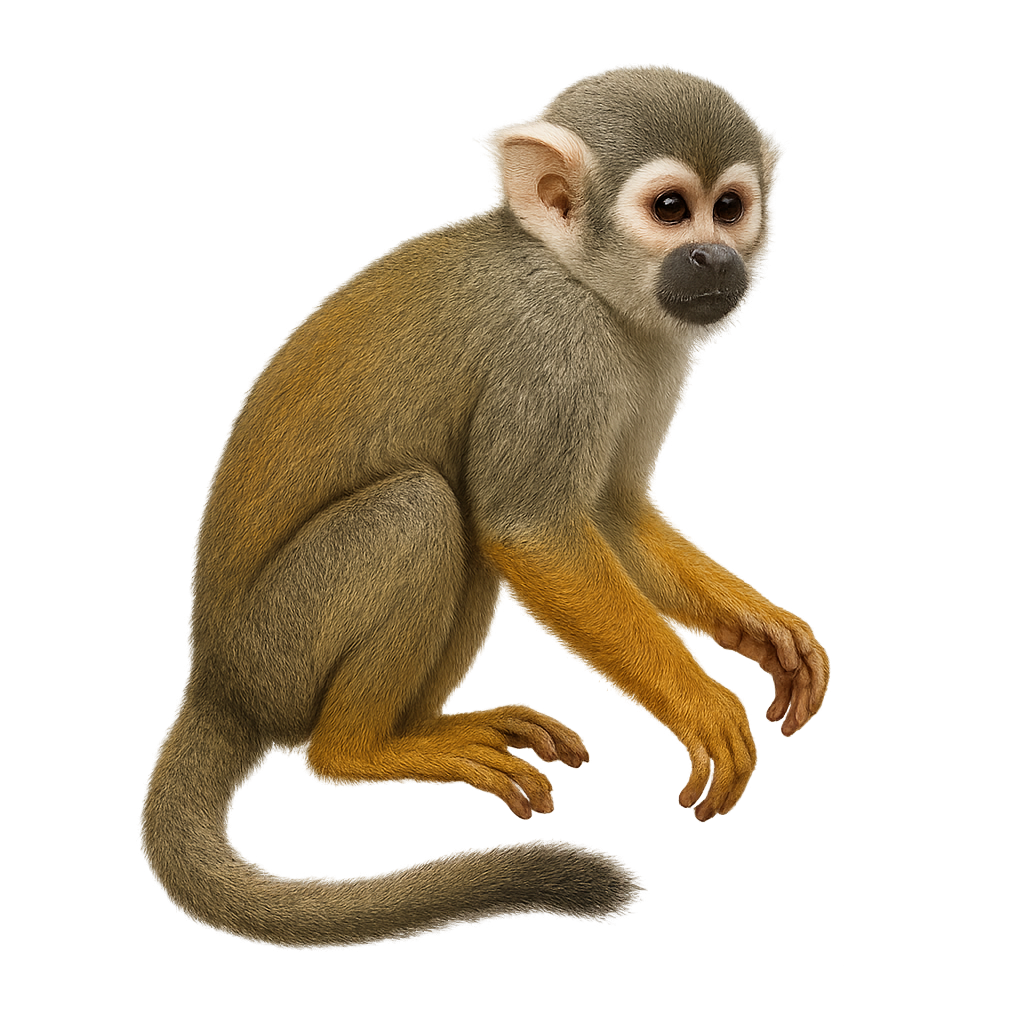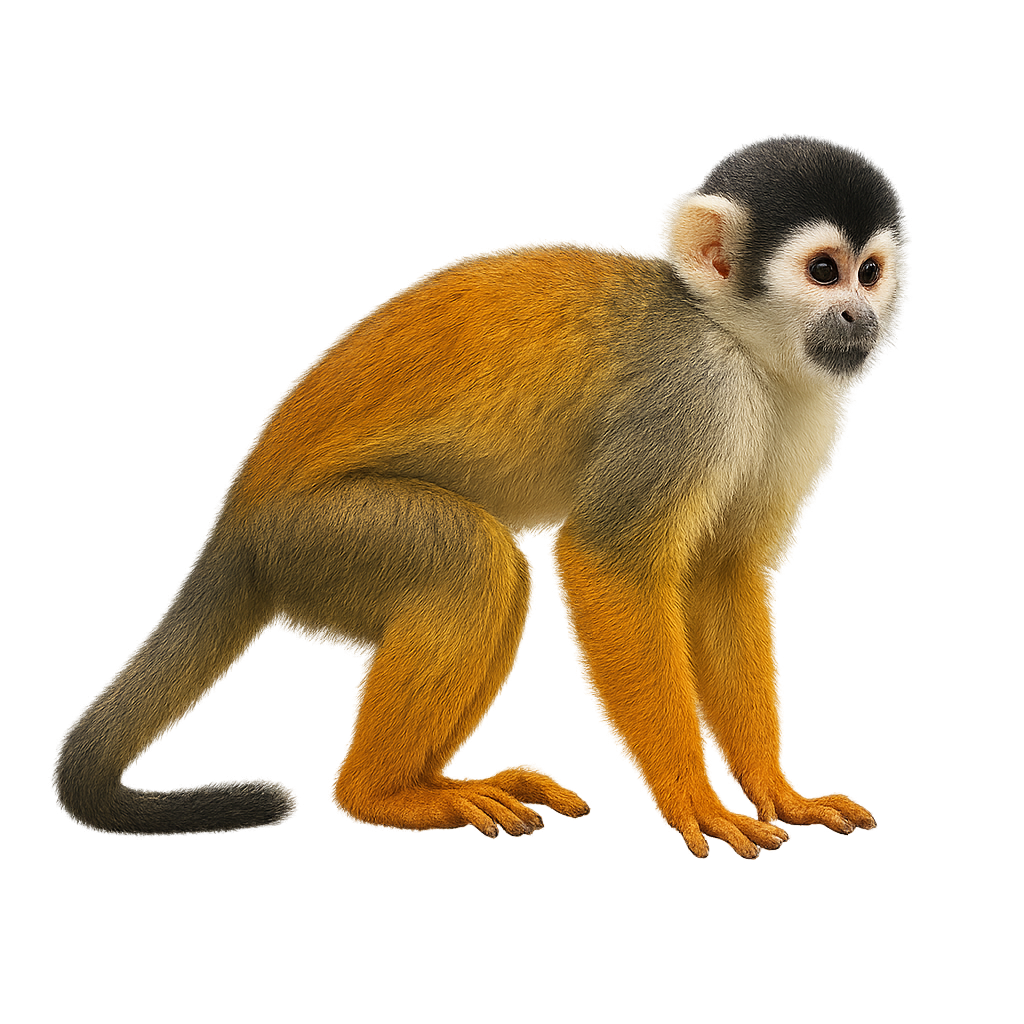The crowned shrew, Sorex coronatus, is a small insectivorous mammal found mainly in Central Europe. It measures about 5 to 8 cm in length, with a tail of about 4 to 5 cm. Its fur is brown on the back and lighter on the belly. It is distinguished by its elongated head and pointed snout, typical of shrews. It inhabits various environments, including forests, meadows, and wetlands. It primarily feeds on insects, larvae, and small invertebrates. Although active year-round, it is particularly active at night. The crowned shrew plays an important role in the ecosystem by regulating insect populations.
The common marmoset, Callithrix jacchus, is a small primate native to the forests of northeastern Brazil. It is characterized by its white ear tufts and ringed tail. Measuring about 20 cm in length, excluding the tail, it weighs between 250 and 350 grams. This diurnal primate lives in family groups, often consisting of 3 to 15 individuals. Its diet mainly includes tree sap, insects, fruits, and flowers. Highly agile, it moves swiftly through the canopy. Communication relies on varied vocalizations and visual signals. The common marmoset is a social animal, with behavior influenced by group hierarchy.
The Small-scaled Pangolin is an insectivorous mammal found primarily in Central and West Africa, notably in Cameroon, Gabon, and the Republic of Congo. It measures about 50 to 80 cm in length, with a tail that can reach half its body size, and weighs between 5 and 7 kg. Its body is covered with small, hard scales made of keratin, which protect it from predators. When threatened, the Pangolin curls into a ball, exposing only its scales. It primarily feeds on ants, termites, and larvae, which it captures with its long tongue. Although the Pangolin is an excellent burrower, it is vulnerable due to intensive poaching for its scales and habitat loss. It is currently listed as "vulnerable" by the IUCN.
The Chinese pangolin is a small insectivorous mammal known for its body covered with scale-like plates. Native to China and Southeast Asia, it primarily feeds on ants and termites, which it digs up using its powerful claws. It is an excellent climber, often observed in trees where it seeks shelter from predators. Due to illegal hunting and habitat loss, the Chinese pangolin is critically endangered.
The Clouded Leopard is a medium-sized cat primarily found in the tropical and subtropical forests of Southeast Asia, notably in India, Nepal, Bhutan, Thailand, Malaysia, and Indonesia. It measures between 50 and 75 cm in length, with a tail ranging from 60 to 90 cm, and weighs between 12 and 20 kg. Its coat is characterized by spots and rosette patterns that help it blend perfectly into the dense vegetation of its habitat. The Clouded Leopard is an excellent climber and spends much of its time in trees, hunting birds, squirrels, monkeys, and small deer. Although the Clouded Leopard's population remains relatively stable, it is threatened by habitat loss, poaching, and forest fragmentation. This species is currently listed as "vulnerable" by the IUCN.
The collared peccary, or Pecari tajacu, is a medium-sized mammal resembling a small wild boar, primarily found in the wooded and semi-arid regions of South and Central America. It is characterized by a band of light-colored fur around its neck, giving it its name. This peccary lives in social groups of up to 20 individuals. It is omnivorous, feeding on fruits, roots, insects, and small vertebrates. Although often hunted for its meat and hide, it plays an important ecological role by dispersing seeds and regulating insect populations. Its ability to adapt to various habitats makes it a resilient species, though it is sometimes threatened by deforestation.
The Common Warthog is a wild mammal native to Sub-Saharan Africa. It measures about 1.2 to 1.5 meters in length, with a shoulder height of 60 to 80 cm, and weighs between 50 and 150 kg. It is easily recognizable by its broad face and large curved tusks, which serve as both a defense mechanism and a tool for digging. Its fur is generally gray or light brown, and it has thick, rough skin. The Common Warthog primarily lives in savannas, grasslands, and open forests, where it feeds mainly on roots, fruits, insects, and small animals. It is a social animal, living in groups, and is mainly nocturnal. Although the Common Warthog is widespread and its population is stable, it is sometimes affected by hunting and habitat loss.
The Trichosurus vulpecula, commonly known as the common brushtail possum, is an arboreal marsupial native to Australia. It has dense, soft fur, usually grey, and a prehensile tail that aids in tree navigation. This nocturnal omnivore feeds on leaves, fruits, flowers, and occasionally insects. Well-adapted to urban environments, it thrives even in human-inhabited areas. The brushtail possum plays an important ecological role as a seed disperser and pollinator. However, it can sometimes be considered a pest due to its feeding habits and adaptation to urban settings.
The crabeater seal, Lobodon carcinophaga, is a marine mammal primarily found in the cold waters of Antarctica. It is easily identifiable by its light grey coat, often speckled with darker spots. This seal is well adapted to its icy environment, with a thick layer of blubber that insulates it from the cold. It mainly feeds on krill, which it filters using its specialized teeth. Crabeater seals are often seen in large groups on the ice floes, where they rest and breed. Although they are quite numerous, their population is monitored due to climate changes affecting their natural habitat.
The common pipistrelle is a small bat widely distributed across Europe. It measures about 3.5 to 5 cm in length with a wingspan of 18 to 25 cm. Its fur is dark brown, and it is characterized by its short, rounded ears. Often seen flying at dusk, it hunts insects near water bodies or forests, using echolocation to navigate and capture prey. The common pipistrelle is an important indicator of ecosystem health, contributing to insect population control. It hibernates during winter in shelters like caves or abandoned buildings.
The Crestless Porcupine is a large nocturnal mammal primarily found in sub-Saharan Africa, in tropical forests and savannas. It measures between 60 and 80 cm in length, with a tail of 20 to 30 cm, and weighs between 15 and 30 kg. Its fur is primarily made up of rigid, long, sharp quills covering its back, sides, and tail. At the tip of its tail, it has modified quills that produce a distinctive sound when shaken, warning predators of its presence. The Crestless Porcupine is herbivorous and primarily feeds on roots, bark, fruits, and leaves. While its population remains relatively stable, it can be threatened by habitat destruction and hunting.
The Cape Porcupine, or Hystrix africaeaustralis, is a striking rodent known for its large size and sharp quills. Native to southern Africa, it is the largest of the African porcupines. Its quills, which can grow up to 50 cm long, serve as a defense against predators. Nocturnal by nature, it spends its days resting in burrows or rocky crevices. An omnivore, it primarily feeds on roots, tubers, and fruits. Although generally solitary, it can live in small family groups. Its lifespan can reach up to 20 years in captivity.
The Common Ringtail Possum, or Pseudocheirus peregrinus, is an arboreal marsupial native to Australia. It is easily recognizable by its prehensile tail, which it uses to navigate through trees. This small nocturnal mammal measures about 30 to 35 cm in length, with a similarly sized tail. Its fur is generally gray with brownish tones, and it has a distinctive white stripe on its belly. It primarily inhabits eucalyptus forests, feeding on leaves, flowers, and fruits. The Common Ringtail Possum is a social animal, often living in small family groups in nests called "dreys".
The coypu, or Myocastor coypus, is a large semi-aquatic rodent native to South America. It has a robust body, dense waterproof fur, and a long scaly tail. Its prominent incisors are bright orange. Adapted to aquatic life, it is often seen near rivers, lakes, and marshes. The coypu is herbivorous, feeding mainly on aquatic plants. Although valued for its fur, it is often considered a pest due to its impact on local ecosystems and hydraulic infrastructures. Introduced to many regions, it has adapted well and can be found in various wetland habitats.
The corsac fox is a small canid 40–50 cm in body length, with dense grey-fawn winter fur and paler summer coat. It inhabits steppes and semi-deserts of Central Asia, feeding on small mammals, insects and wild fruits. During the breeding season, pairs dig or reuse a den to raise 4–8 kits.
The crab-eating fox, or Cerdocyon thous, is a medium-sized canid, measuring about 60 to 70 cm in length with a bushy tail of about 30 cm. Its coat is generally gray with shades of brown and black, allowing it to blend into its natural environment. It is primarily nocturnal and crepuscular, feeding on a variety of foods, including fruits, insects, small mammals, and, as its name suggests, crabs. It is found in various habitats ranging from tropical forests to open savannas, mainly in South America. Although often solitary, it can form monogamous pairs during the breeding season.
The Magellanic Fox is a small carnivore primarily found in the cold and coastal regions of Argentina and Chile, particularly in the Patagonian region. It measures about 60 to 70 cm in length, with a tail of 30 to 35 cm, and weighs between 3 and 5 kg. Its fur is generally gray, with lighter underparts and brown or reddish patches on its back and legs. This fox is omnivorous, feeding on small mammals, birds, insects, but also fruits and plants. It is mainly active during dusk and night, and usually lives alone or in small family groups. While its population remains relatively stable, this species can be threatened by habitat loss and hunting.
The Cape Fox, or Vulpes chama, is a small canid native to the arid and semi-arid regions of southern Africa. It is easily recognizable by its silver-gray fur, large pointed ears, and bushy tail. This fox is primarily nocturnal, allowing it to avoid the intense heat of the day. It feeds on a variety of foods, including insects, small mammals, fruits, and carrion. Although it is an opportunistic predator, it plays a crucial role in controlling rodent populations. The Cape Fox is generally solitary, except during the breeding season. It is well adapted to its environment, capable of surviving with little water, deriving necessary moisture from its food.
The Saimiri sciureus, or common squirrel monkey, is a small arboreal primate native to South America. It is characterized by its dense, soft fur, primarily gray-olive with shades of yellow and white. Its head features a white facial mask contrasting with a black crown. This monkey is highly agile and spends most of its time in the canopy of tropical forests, feeding mainly on fruits, insects, and small vertebrates. Social groups typically consist of 20 to 50 individuals, allowing them to effectively protect against predators. Although they are primarily active during the day, they can sometimes be observed at dusk.
The Central American Squirrel Monkey, or Saimiri oerstedii, is a small primate primarily found in the tropical rainforests of Costa Rica and Panama. Recognizable by its reddish back and white face bordered with black, it is highly agile and spends most of its time in the canopy. This monkey lives in social groups that can number up to 70 individuals, which helps protect it from predators. It primarily feeds on fruits, insects, and small vertebrates. Although its habitat is threatened by deforestation, conservation efforts are underway to protect this iconic species of Neotropical biodiversity.
The common tenrec is a small insectivorous mammal weighing 220–270 g, with coarse fur ranging from light to dark. Endemic to Madagascar, it inhabits tropical forests, shrublands, and agricultural areas. An opportunistic omnivore, it feeds on insects, worms, and small invertebrates. Solitary and nocturnal, it shelters in burrows or under leaf litter during the day.
The Common Wombat is a terrestrial marsupial found primarily in Australia, notably in temperate forests and grasslands. It typically measures between 1 and 1.2 meters in length and weighs between 20 and 35 kg. Its fur is generally thick, ranging from brown to gray, and it has a broad head and a short tail. The Common Wombat is herbivorous, feeding primarily on roots, bark, and herbaceous plants. It is nocturnal and spends most of the day in burrows that it digs itself. While its population remains relatively stable, it is sometimes threatened by habitat loss due to urbanization and changes in agriculture.


